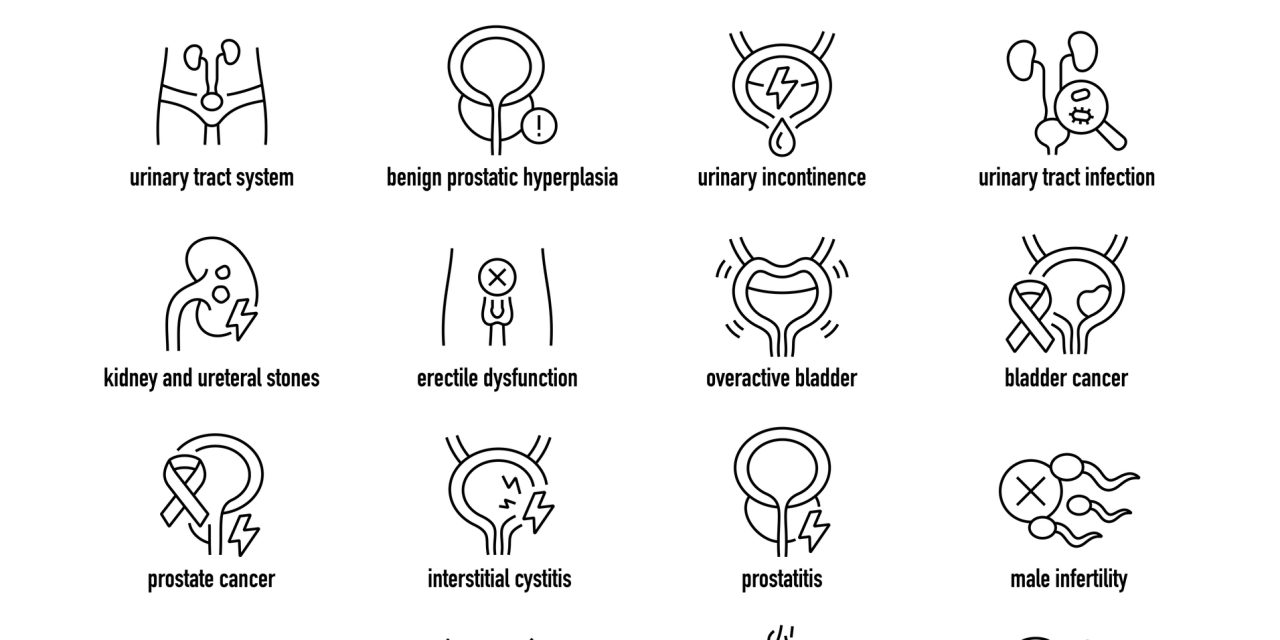Albeit long haul paces of sling correction after urethral sling position have been all around examined, subtleties of these amendments have not been tended to. In this examination we investigate the circumstance, area and movement of patients starting with one office then onto the next for correction systems. Utilizing information from the Office of Statewide Health Planning and Development (OSHPD) for the province of California (2005 to 2011), all females who went through list outpatient urethral sling techniques at nonfederal offices were distinguished (CPT 57288). Cases requiring inevitable sling modification or urethrolysis were hence distinguished. Area, distance voyaged and factors related with looking for another office for update were investigated.
Of the 44,605 patients going through urethral sling a medical procedure 842 (1.9%) went through sling amendment, with 178 (22.5%) at another office. Offices in the top 10% of careful volume put 41% of the slings and performed over half of amendments. Quiet nearness to numerous offices and expanded time between methodology were related with an expanded chances of changing offices for modification (OR 2.11, p <0.0001 or potentially 1.05 each month, p <0.0001, separately). Position at a high volume place was related with diminished chances of changing offices for modification (OR 0.32, p <0.0001). Patients moved toward bigger focuses in metropolitan zones for amendment. In general there is a sling of corrections are performed at the office where the underlying situation was performed. This recommends that most offices where urethral slings are put additionally have the capacity of sling modification medical procedure.
Reference link- https://www.sciencedirect.com/science/article/abs/pii/S2352077917300493


